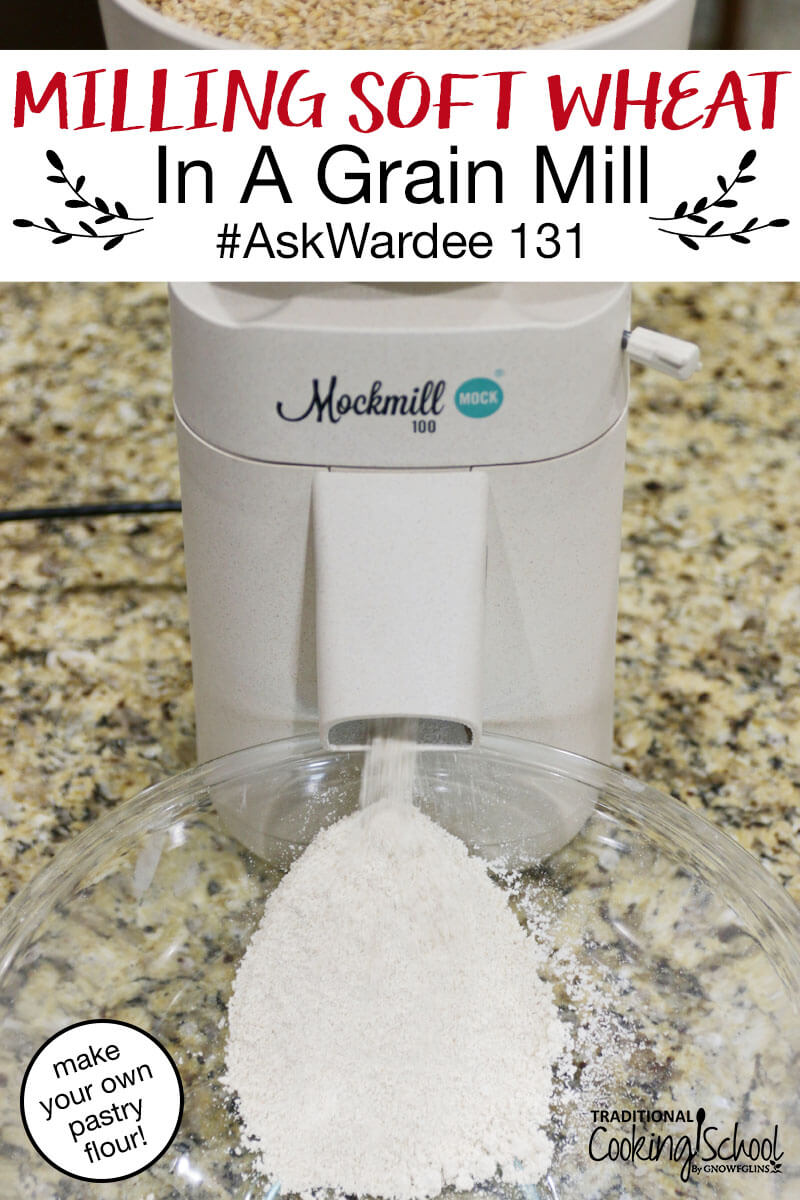
Gluten in flour helps form texture in your baked items. The benefit of using freshly milled flour is the.
Soak the beans for a few minutes before spreading them on a baking sheet and drying in the.
Can you make your own flour. Making self-rising flour at home is easy. Just use this basic formula. For every 1 cup of all-purpose flour add 1 12 teaspoons baking powder and 14 teaspoon fine salt.
Why Make Homemade Flour. Here are a few of the great reasons to try your hand at homemade flour. Freshness which can be equated with both flavor and nutrition is the No.
1 reason to mill. Can you make your own flour. A coffee grinder is good enough to make flour from some items such as soft grains seeds and flakes.
Sift anything ground in a coffee grinder through a fine sieve to remove chunky pieces. If you can grind it in a coffee grinder you can grind it in a. When you make the switch to grinding your own flour you are no longer dependant on the local store to supply your food.
When volatile times happen you can smile knowing there are 200 pounds of wheat safely stored in your closet. What is even better is. Chickpea flour can be found in Asian and Middle Eastern markets but you can easily make it at home from dried chickpeas.
Its easy to do and takes about 10 minutes. All you need is a food processor and spice or coffee blender. 5lb Homemade Bulk Batch.
If youd prefer to make a bulk batch of homemade flour to keep in a container in your pantry here are the measurements youll need. 1 -5lb Bag All-Purpose Flour. 13 cup PLUS 2 Teaspoons Vital Wheat Gluten.
Combine the all-purpose flour and the vital wheat gluten mixing well until theyre evenly. Gluten in flour helps form texture in your baked items. Flours that contain less protein will also have lower gluten content.
Similarly flours with high protein will create more gluten. Hence a cake flour contains less gluten than all-purpose flour. You can mill your own flour at home using whole wheat grain kernels known as wheat berries either using a home grain milling machine or other home kitchen methods to grind the wheat berries into flour.
The benefit of using freshly milled flour is the. You can make oat flour on an as-needed basis or make a larger batch to save for later. Fill your blender or food processor up to half-way with oats.
Keep in mind that one cup old-fashioned or quick-cooking oats yields about one cup flour whereas one cup steel-cut oats yields about two cups flour. Making bean flour is a great way to utilize dry beans that have been gathering dust in your pantry for a while. The process is very simple and requires only a grinder or a good blender.
Soak the beans for a few minutes before spreading them on a baking sheet and drying in the. If youve not been able to purchase any flour dont worry it turns out theres a simple way you can make your own. And you only need three things to do it.
Making your own almond flour at home is as simple as adding blanched almonds to your food processor or blender and processing them until they are finely ground. However there are a few. You can make your own gluten free flour for cakes and muffins using this easy recipe of just 4 ingredients - youll save a fortune.
This is the flour we use to make all our sweet muffins and the result is light fluffy and gorgeous. And nothing is going to be cheaper than buying long grain rice itself and grinding it into flourin the long run. Since rice itself is so inexpensive and rice flour is nothing more than ground rice we should be able to make our own rice flour.
For that we need a grain mill. Measure out 1 cup of all-purpose flour. Remove 2 tablespoons flour from the cup then add 2 tablespoons cornstarch.
Sift the flour and cornstarch together through a fine mesh sieve over a bowl then sift again into a second bowl. The double sift combines the two ingredients especially well removes any lumps and incorporates air into the mixture. To use them as flour all you need to do is grind them down to powder.
A spice grinder blender or food processor is all you need to make your own tapioca flour. Spice grinders have a relatively small capacity and most will only turn out a few tablespoons of flour at a time.